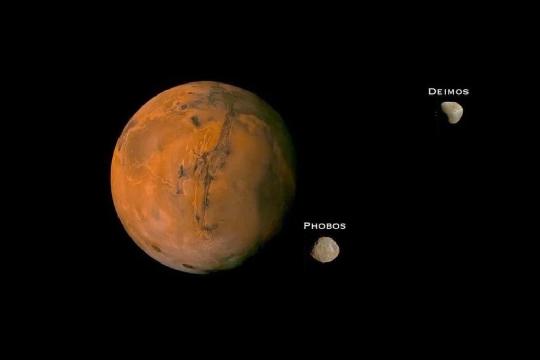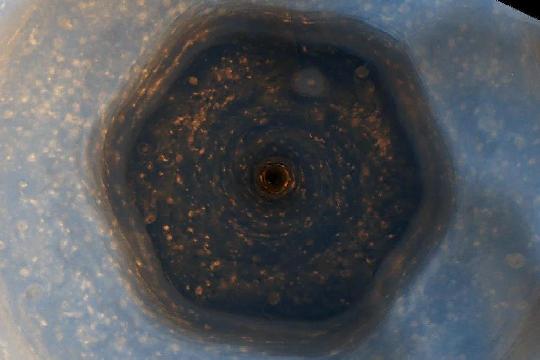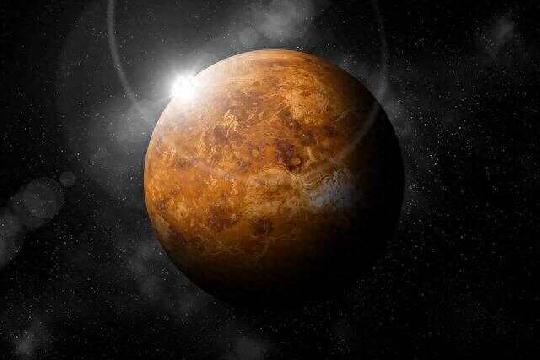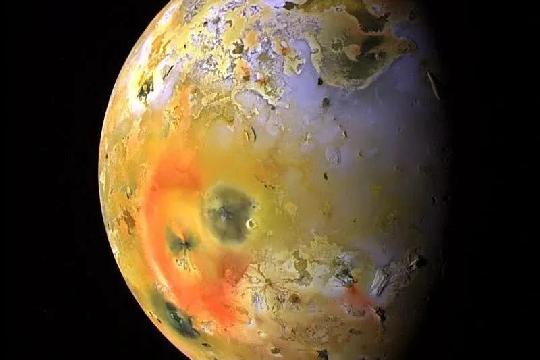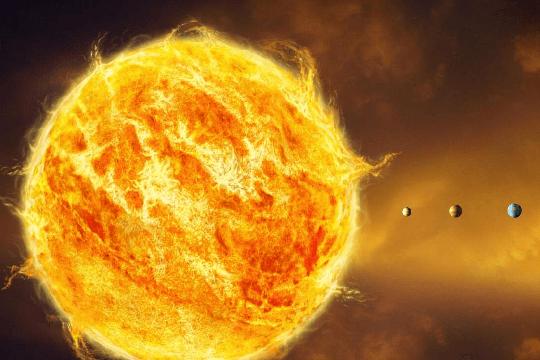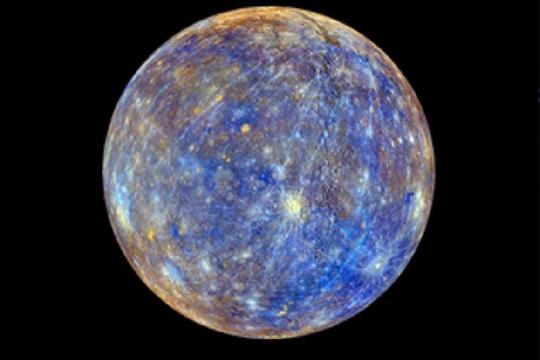Top 10 Solar System Anomalies
The Solar System, with its diverse planets, moons, and other celestial bodies, holds many fascinating features that have intrigued scientists and the public alike. Some of these phenomena don't fit neatly into our understanding of how the Solar System should behave, leading to what we might call "anomalies." Here are ten notable anomalies:




